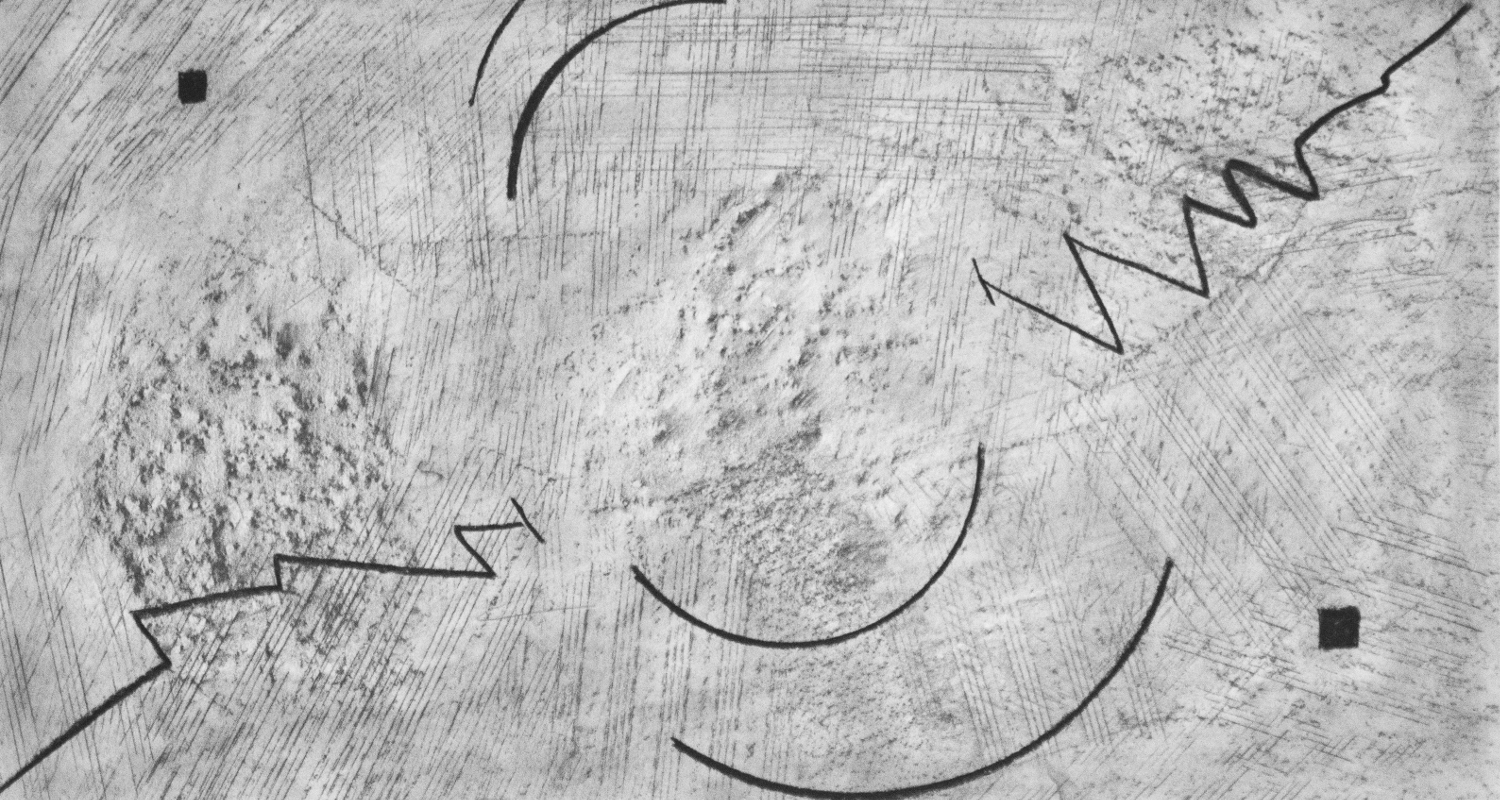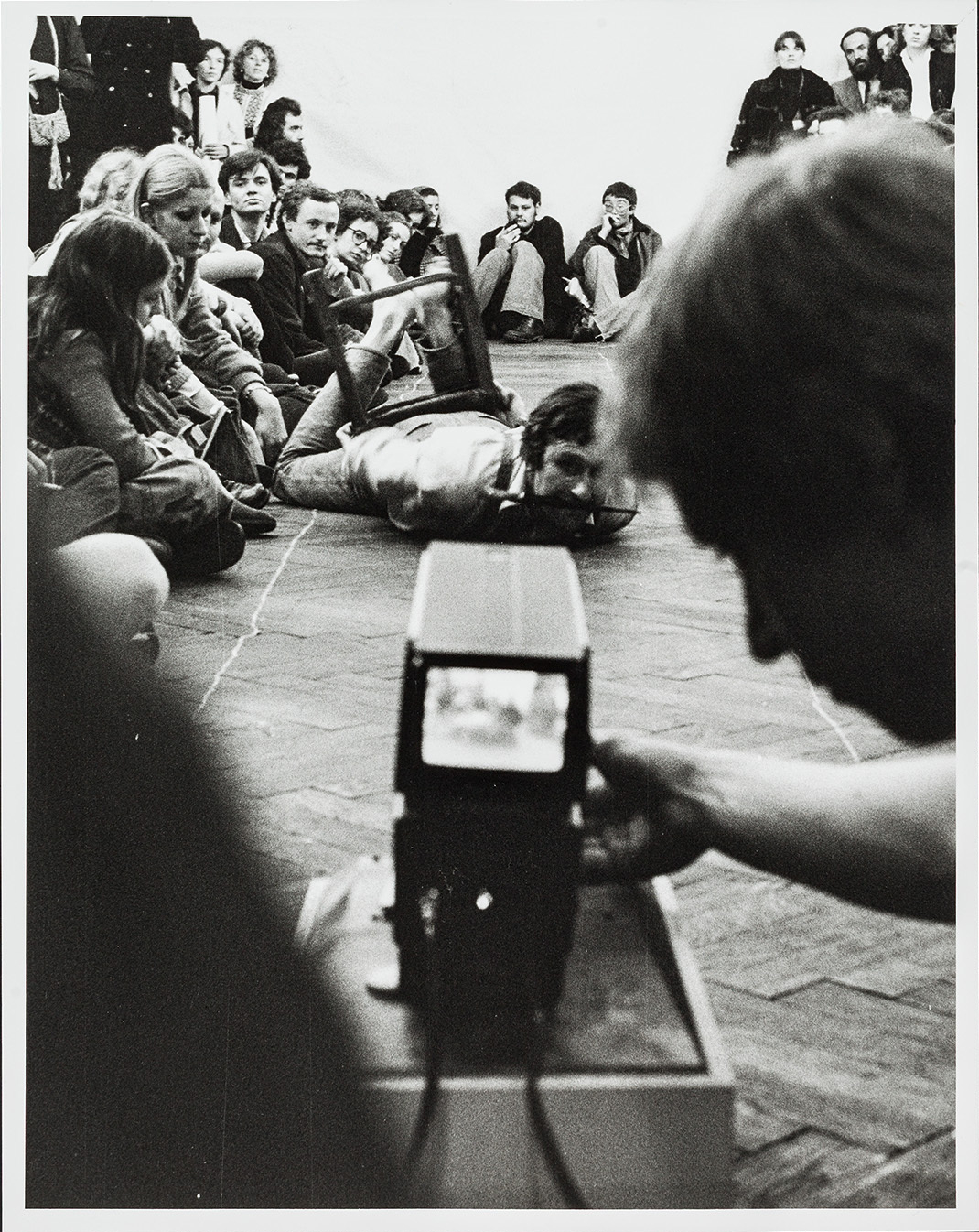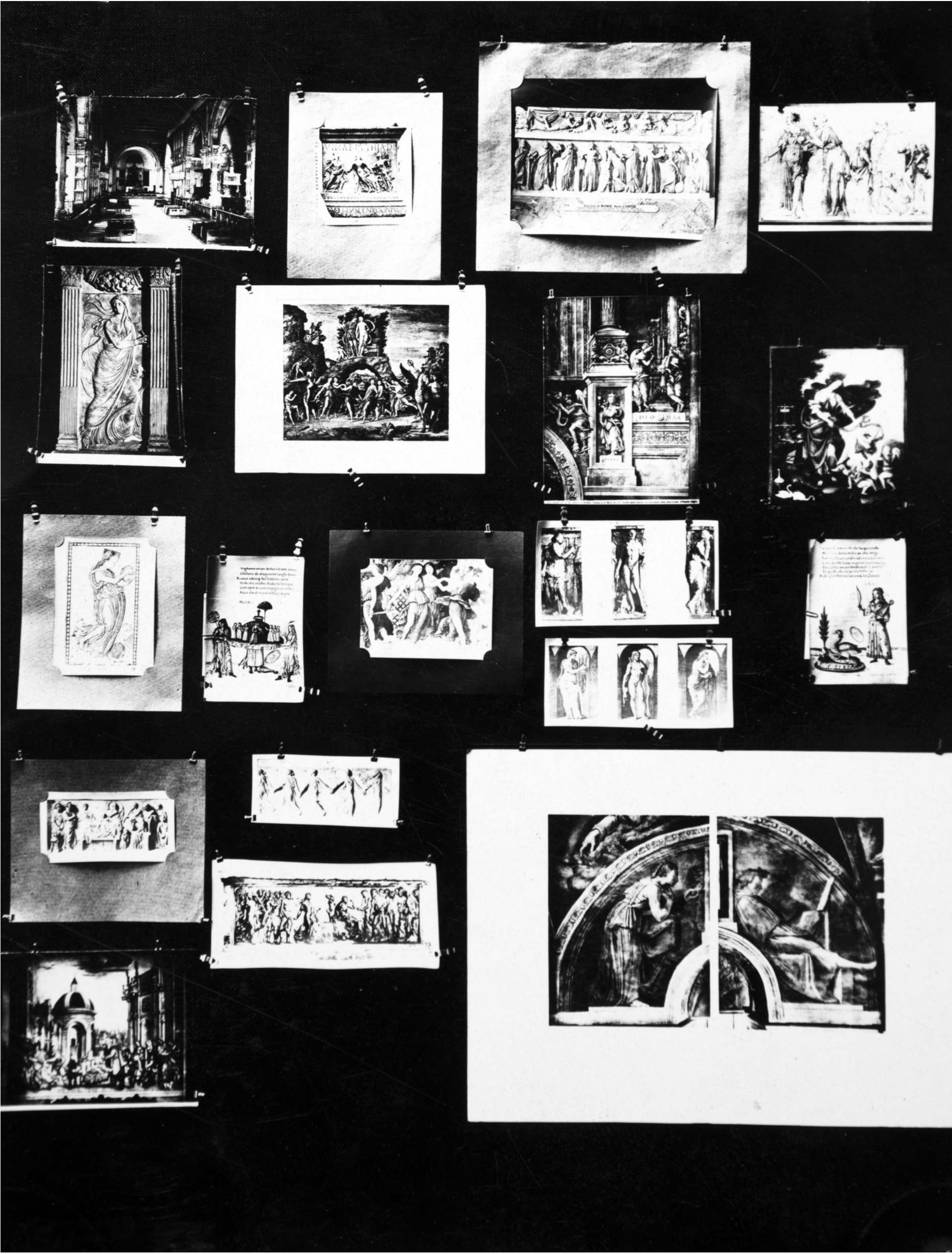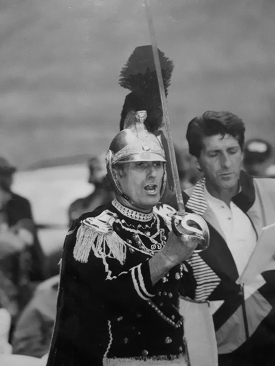
IDENTITY
MAP is an interuniversity research centre established to develop research and projects, organize meetings and seminars, develop new university teaching methodologies, and curate and share reflections on the memory of the performing arts as both tangible and intangible heritage.
MAP considers memory as a historical and cultural category and focuses on theatre, dance, performance, and those festive, ritual, political cultural practices where the performative element is crucial.
MAP is attentive to the ways in which memory is constructed, utilized, and reactivated: particularly through orality and the interaction of orality/writing/image.
MAP aims to activate multiple relationships between universities, theatres, artists, archives, and society, becoming a platform for scientific, educational, and informative collaboration.
MAP's work is structured along three axes:

Memory, Documentation, and Epistemology of Sources
The issue of memory is inevitably linked to that of historiographical narration, becoming part of the national and international debate on theatre studies and their ability to address the crucial identity issue of the performing arts.
Memory, understood as the collection of documents/monuments that constitute it, demands new attentiveness and sensitivity: towards the role that documentation plays in the processes of transmission and construction of the history of theatre and performance; towards the policies for the conservation and reactivation of tangible and intangible performative heritage; towards the methodological integration between traditional sources and oral history; towards the dialectic between productive-institutional contexts and artistic projects.
Reactivation of Theatrical and Performative Heritage and Artistic Processes
The reactivation of theatrical and performative heritage is a crucial research area for MAP. Currently, this work is pursued along two tracks.
On one hand, historically and under the category of memorability, through the study of interconnections between texts and images in the ephemeral culture of the Renaissance festival; the processes of transmission and reactivation (thus reception) of the ancient; mnemonic processes in premodern performative theories and practices.
On the other hand, according to a new methodological approach to the study of performance art documentation, through the understanding that documents are not mere vehicles of information about past events, but devices that actively shape the memory of these events in relation to certain representation strategies of different agents (performers, artists, photographers, filmmakers, historians, archivists, artistic institutions...).


Memories, Territories, and Artistic Practices
Today, artists are asked to undertake interventions and projects conceived in terms of "urban regeneration": this demand blooms on paradigms of long, indeed very long duration, as the historical intertwining between theatres and places, between the ways of operating of the performing arts and the territories in which they come to life, understood both in geographic and in linguistic-cultural and anthropological terms, is well established. MAP's goal is to curate and promote paths of memory of the performing arts, festive traditions, and the festival phenomenon, which are always 'situated' and take into account their complexities in anthropological, community, and socio-political terms.
Header Image : Vittorio Pavoncello, Vuoto di memoria. VI – courtesy of the artist (vittoriopavoncello.net)
1 : Robert Zahornicky, Jochen Gerz at the Performance Festival of Vienna, 1978. Landessammlungen Niederösterreich, Lower Austria – InC-EDU 1.0
2 : Aby Warburg, study on the Muses (preparatory panel for the Mnemosyne Atlas), detail, 1926. Warburg Institute – public domani
3 : Arnaldo Fontanini (L) and Viviano Chesi (R), Compagnia Val Dolo, Maggi di Romanoro, 1990-1999c. Archivio Fontanini – courtesy of the Fontanini family
